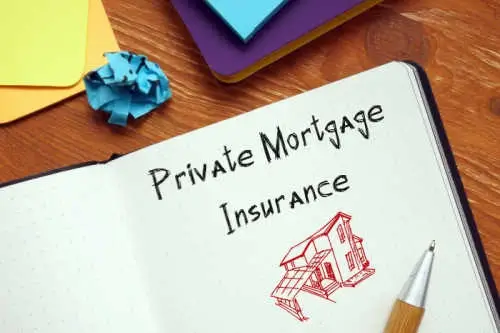
Lenders often require borrowers to pay for private mortgage insurance (PMI) on top of their mortgage loan. PMI is a type of insurance that actually protects the lender, not the borrower, against default and loss.
If the borrower contributes less than a 20% down payment, the PMI will repay the lender up to that amount if the borrower ever goes into foreclosure. It protects the interests of the lender while allowing borrowers to get into homes without having to save up a full down payment at once.
However, annual premiums can range anywhere between 0.5% and 2.25% of the original loan amount. That means if you take out a loan for $300,000, you could pay an extra $1,500 to $7,500 a year in PMI.
Here are ways you can avoid paying PMI on your home loan:
1. Put Down 20%
The simplest way to avoid paying PMI is to make a full 20% down payment. That means if you bought a home for $300,000, you would need to put down $60,000. Since that can take a long time to save up, sometimes it’s worth it to pay the PMI and enjoy the benefits of homeownership sooner.
2. Piggyback Loans
If you have enough for a 10% down payment, you could get what’s called a “piggyback loan” to avoid PMI. Also referred to as an 80-10-10 loan, you take out a home loan for 80% of the home purchase price, then you take out a secondary loan for 10% of the price, and you contribute 10% of your own money in cash. The secondary loan “piggybacks” on the first mortgage, and because the first loan is for only 80% of the purchase price it does not trigger the PMI requirements. The second mortgage will likely have a higher interest rate, but as it is for a much lower amount, you can pay it off faster than the first loan and be done with the higher rate rather quickly.
3. Lender-paid Mortgage Insurance (LPMI)
You can also request that the lender pays the PMI. This means they will roll the cost of the PMI into the loan interest rate and you’ll pay for it in smaller chunks over the course of the loan. It's not possible to have this PMI removed without refinancing, so be sure the numbers pencil on this option.
4. Specialty Loans
There are several mortgage types like VA loans and physician loans that do not require PMI. Obviously only certain applicants will qualify for these types of loans however.
Removing PMI from your Loan
Most mortgages stipulate that you can cancel your PMI policy once you reach 20% equity in your home. Sometimes the real estate gods smile upon you and home prices rise quickly after you buy, allowing you to gain instant equity without doing anything. In other cases, you may simply have to wait several years before you’ve paid down your mortgage balance enough to have 20% ownership in your house. Or if you get a large bonus or other financial windfall you could contribute a large lump sum to your home loan and bring your equity up to 20%. Once this is the case, you can request that your lender cancel your PMI policy.
Give us a call today if you'd like to discuss any of the options to avoid paying private mortgage insurance.
These materials are not from HUD or FHA and were not approved by HUD or a government agency.

